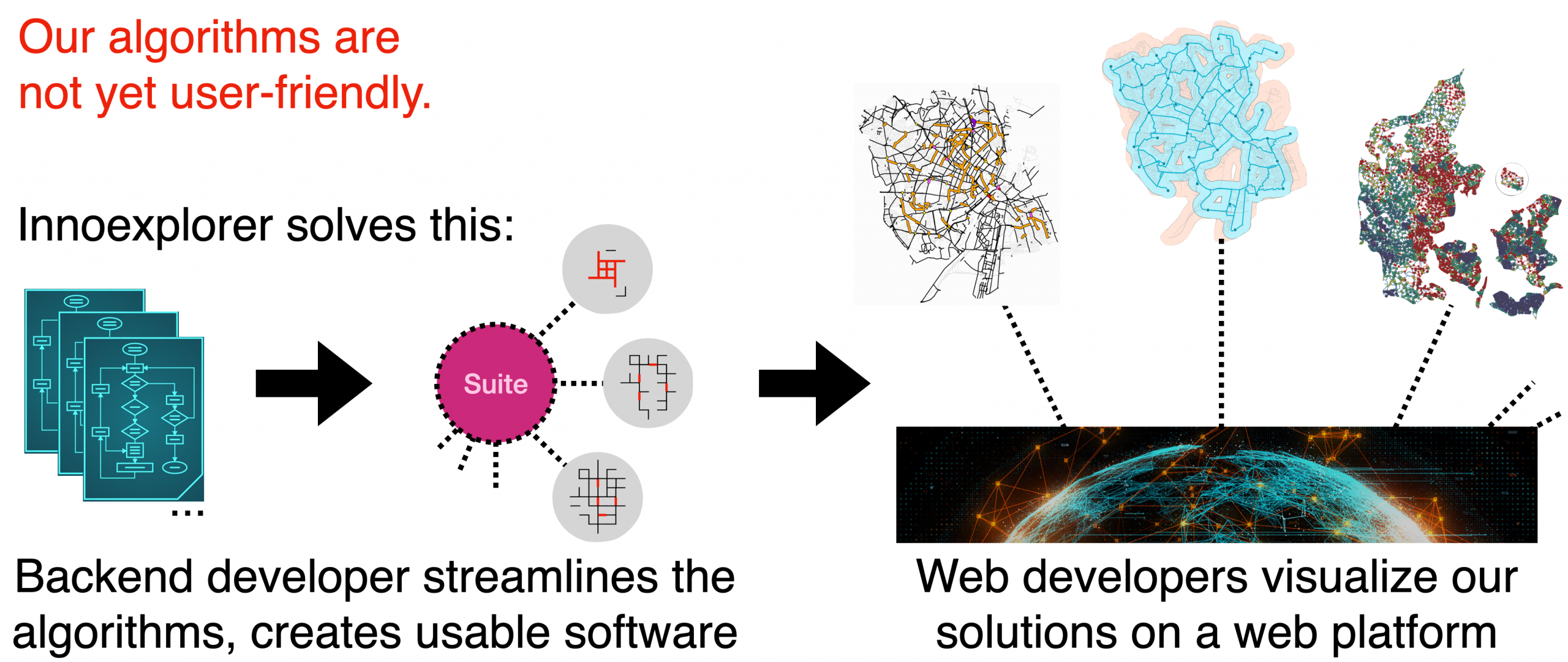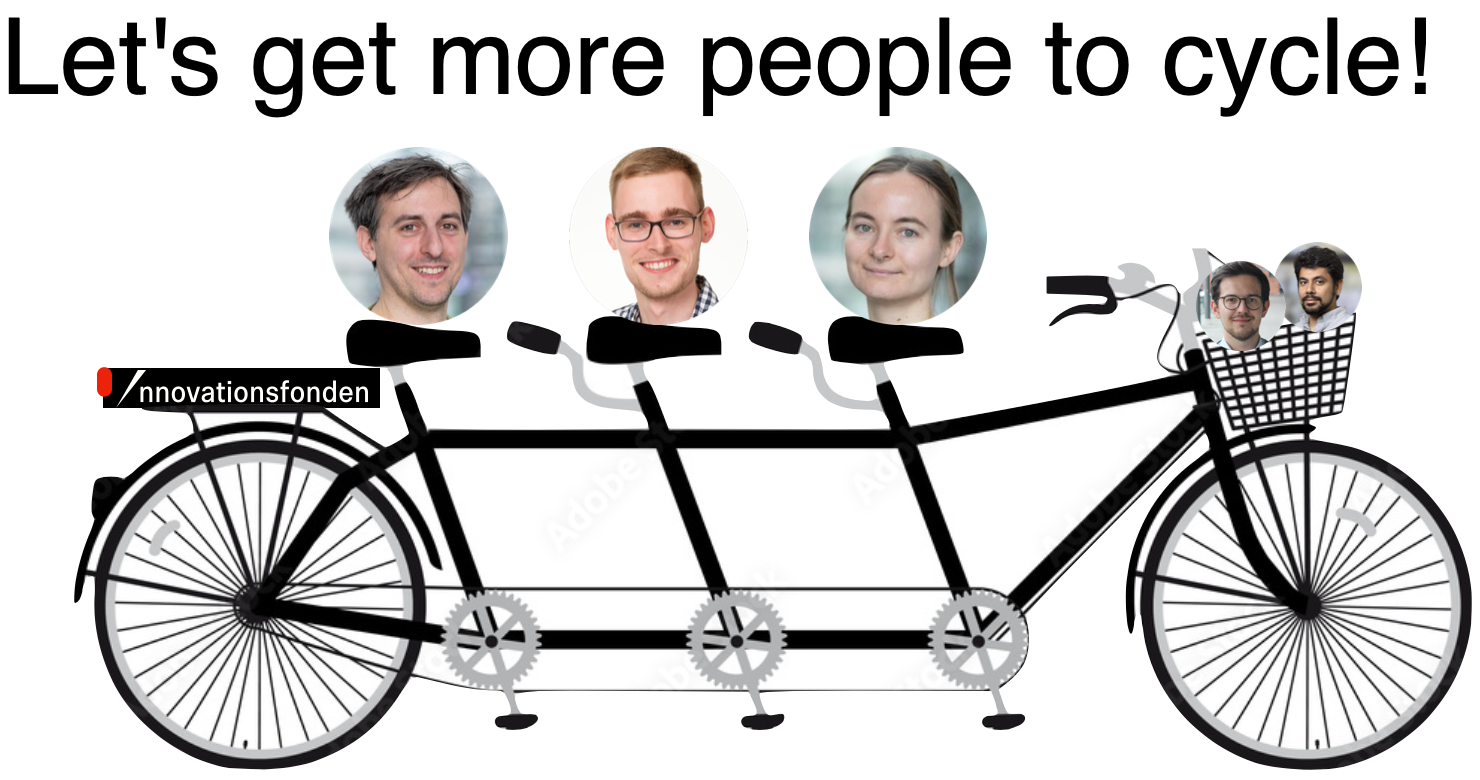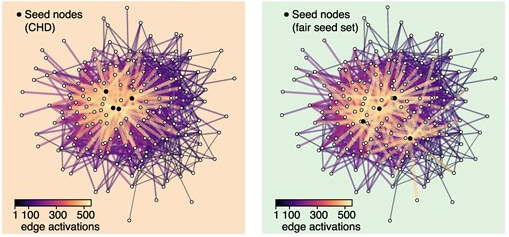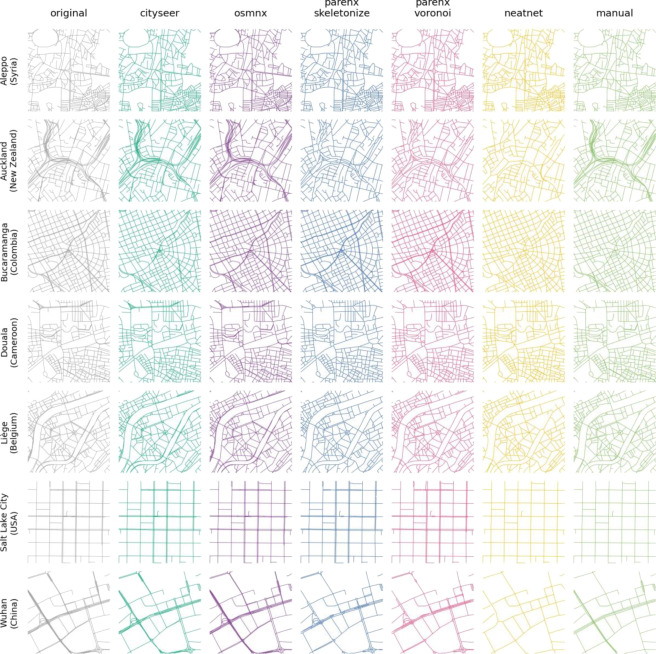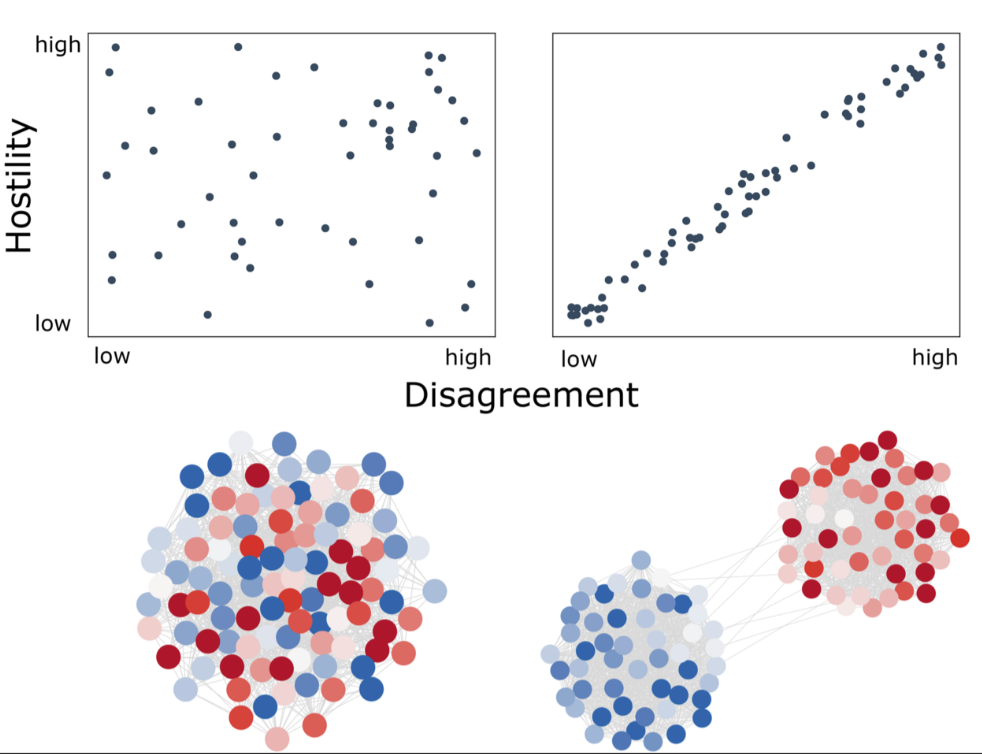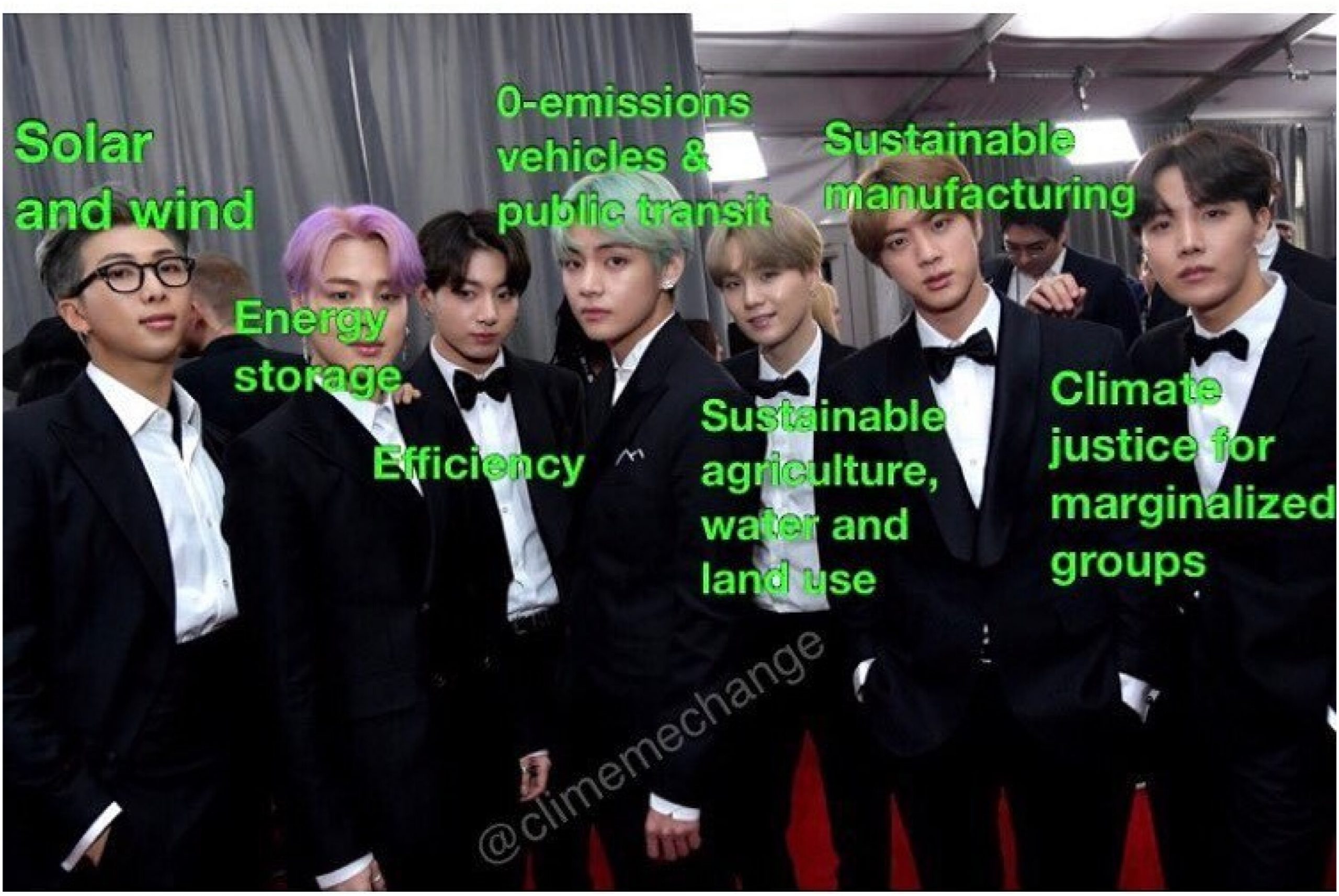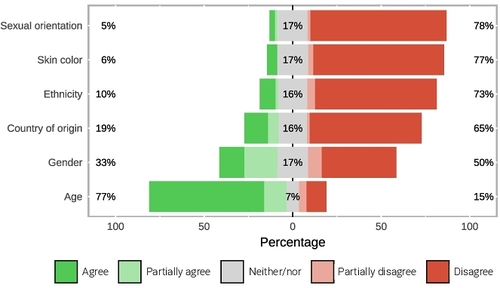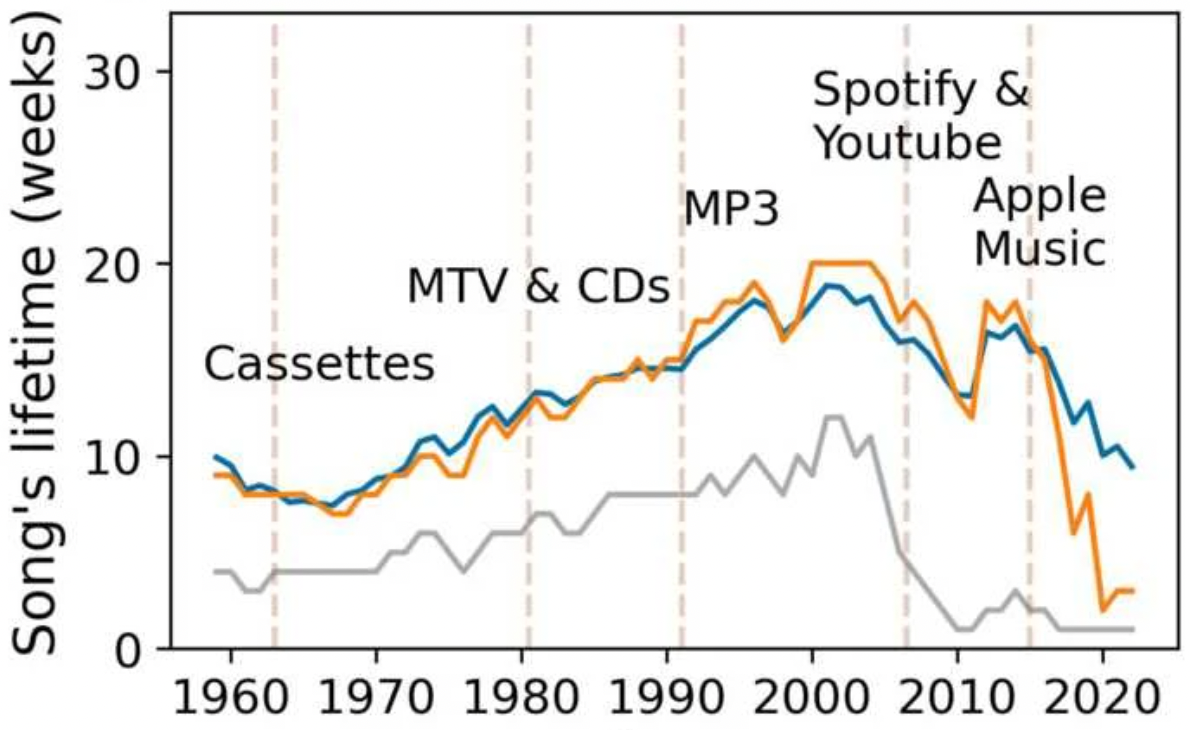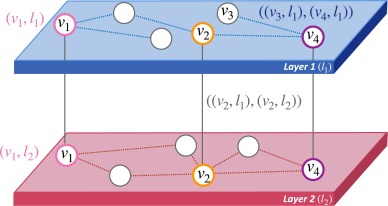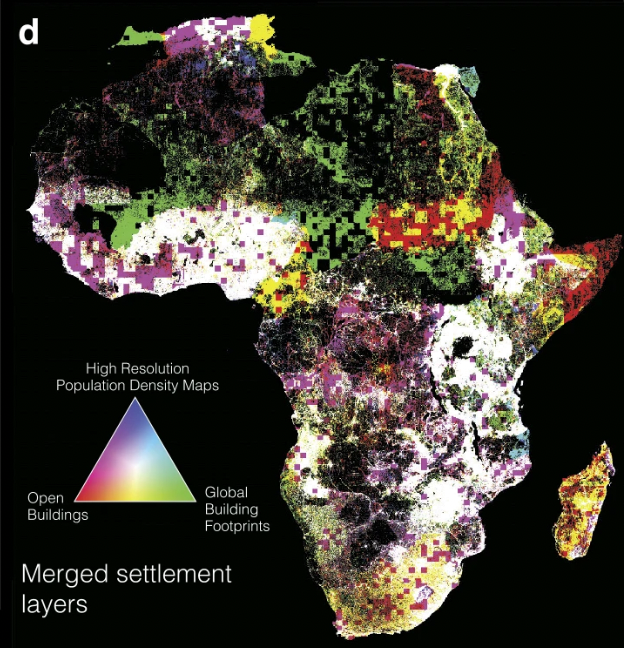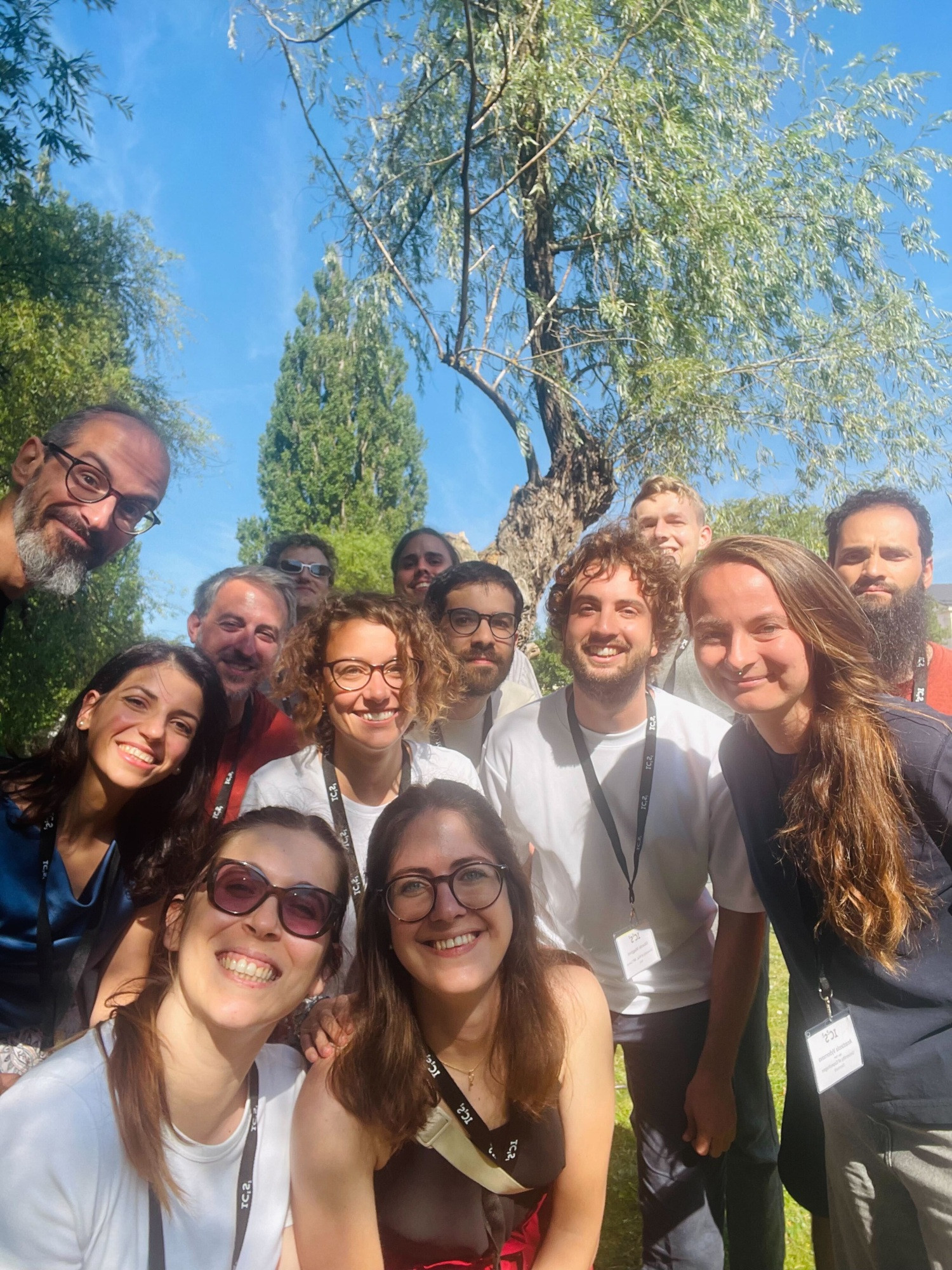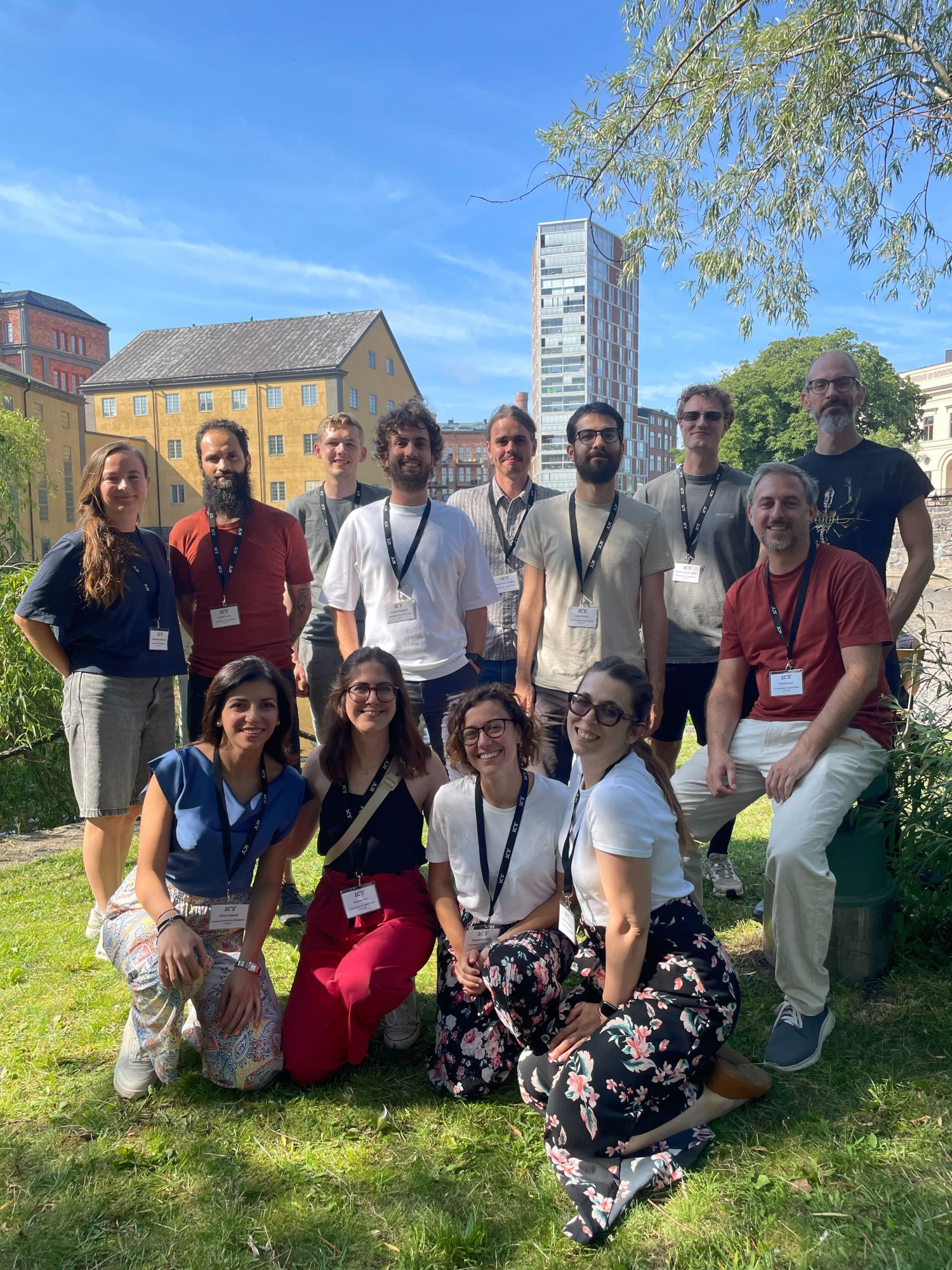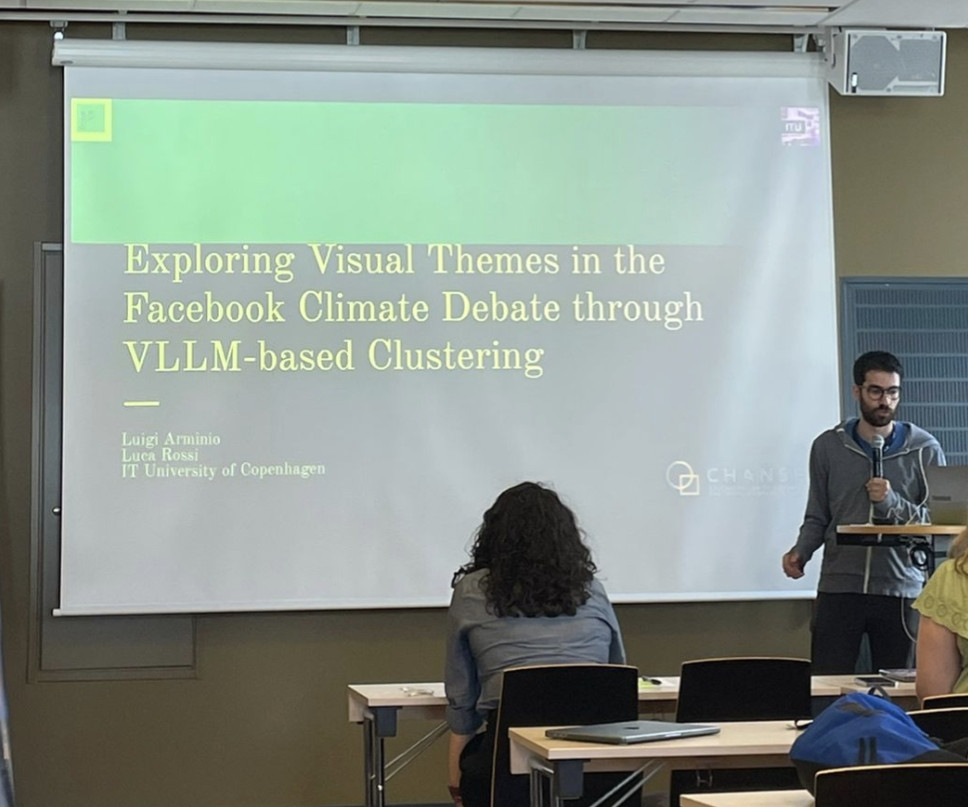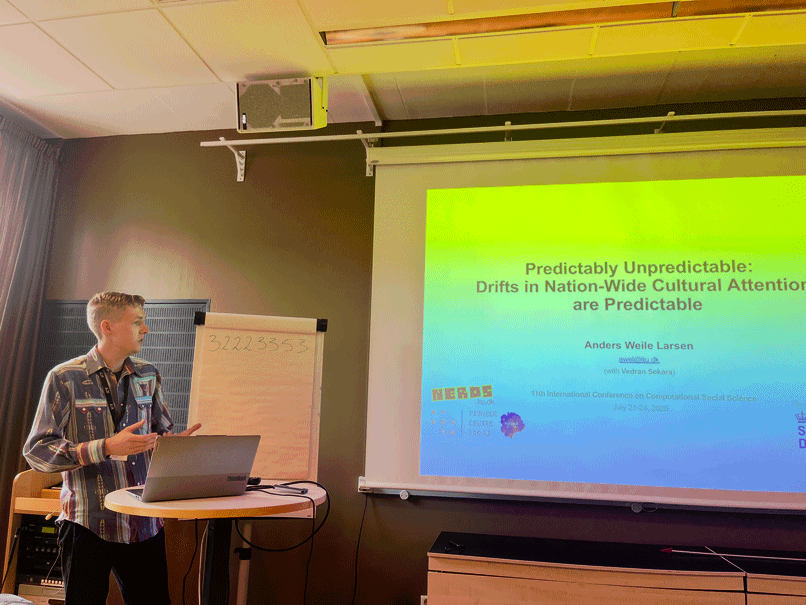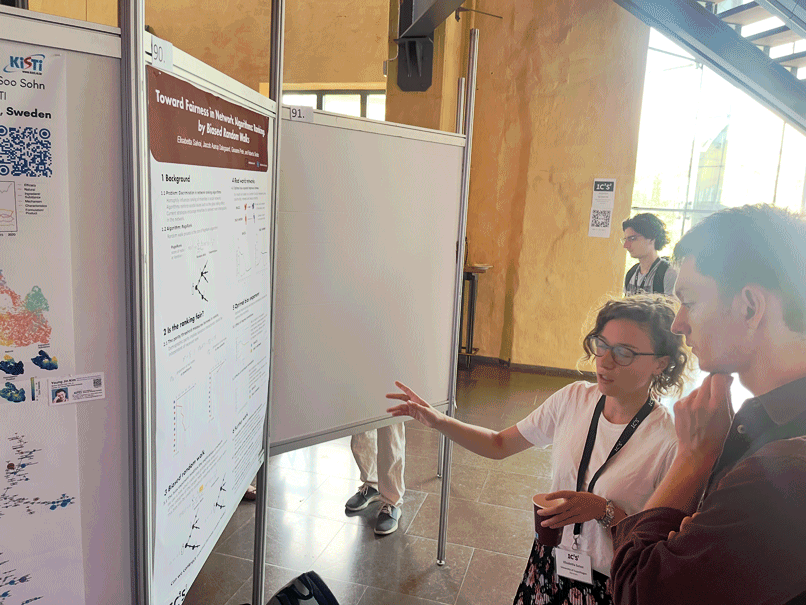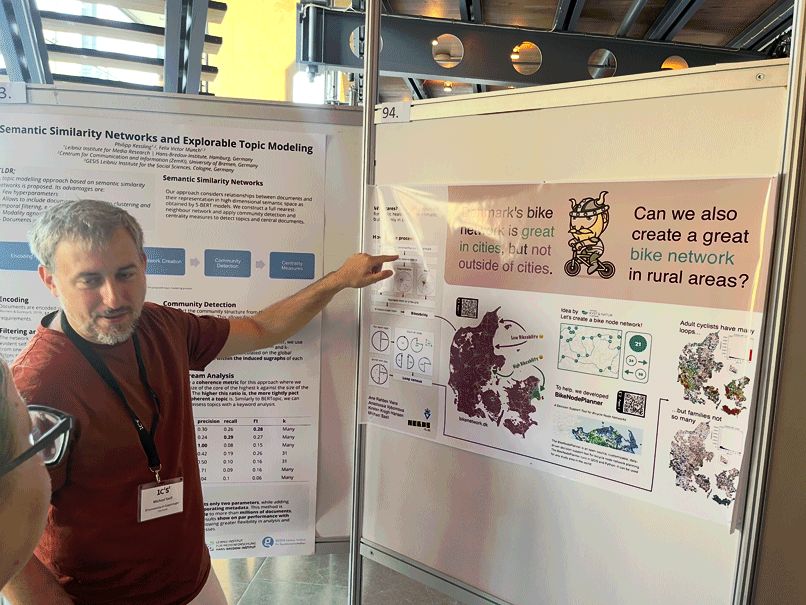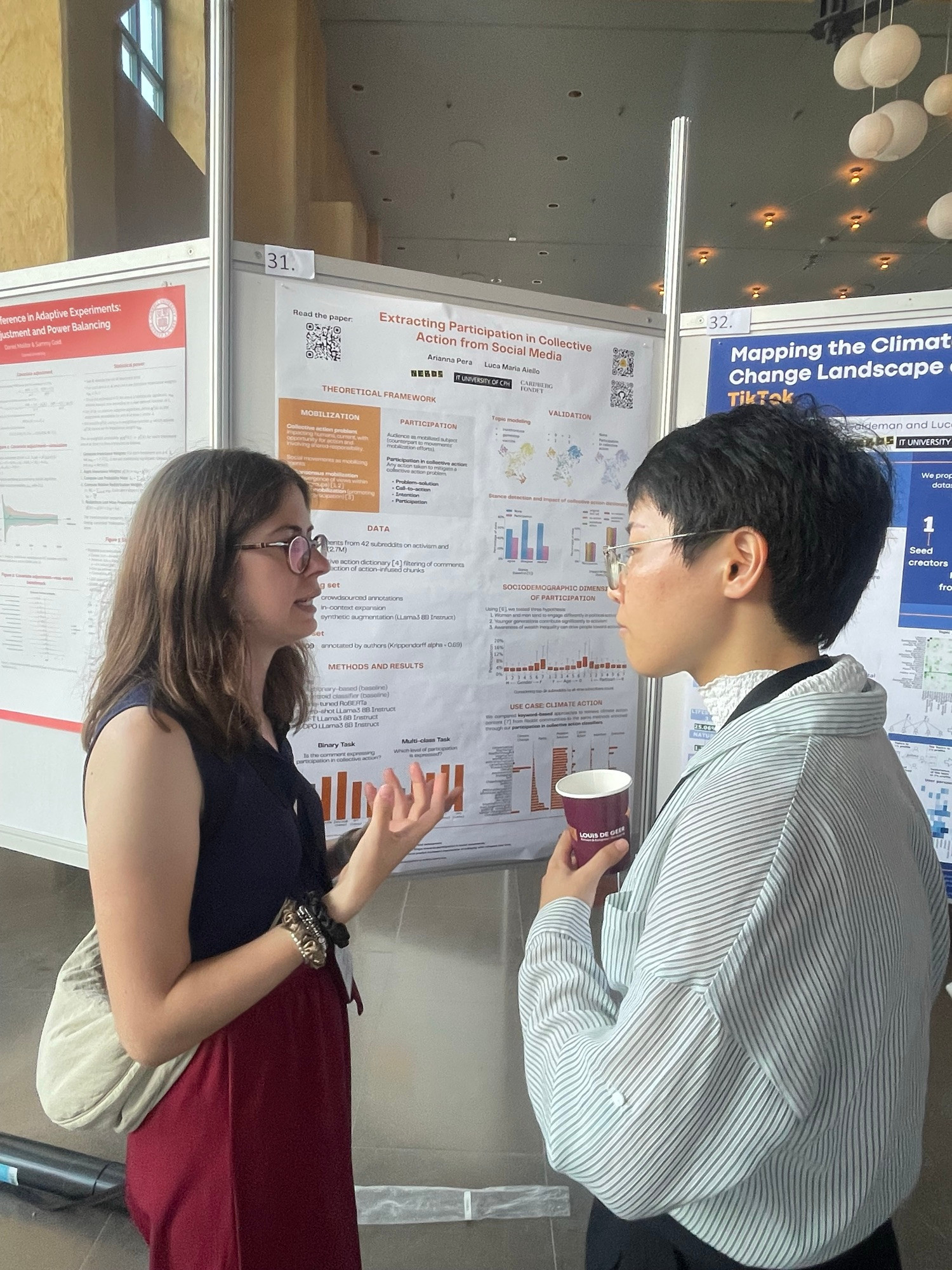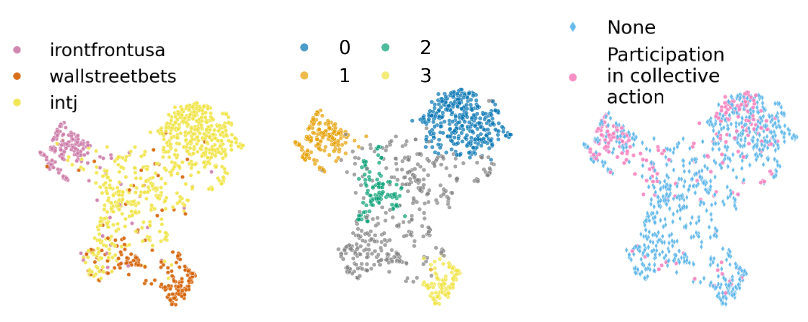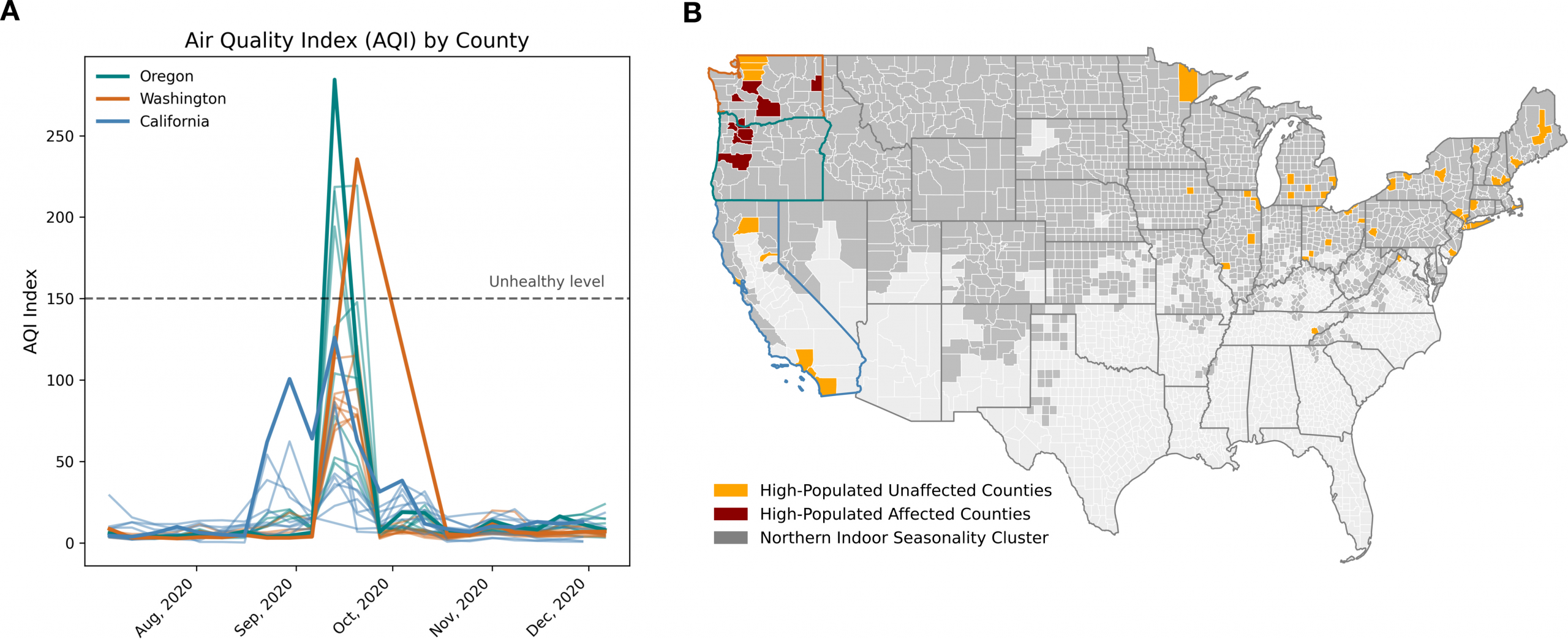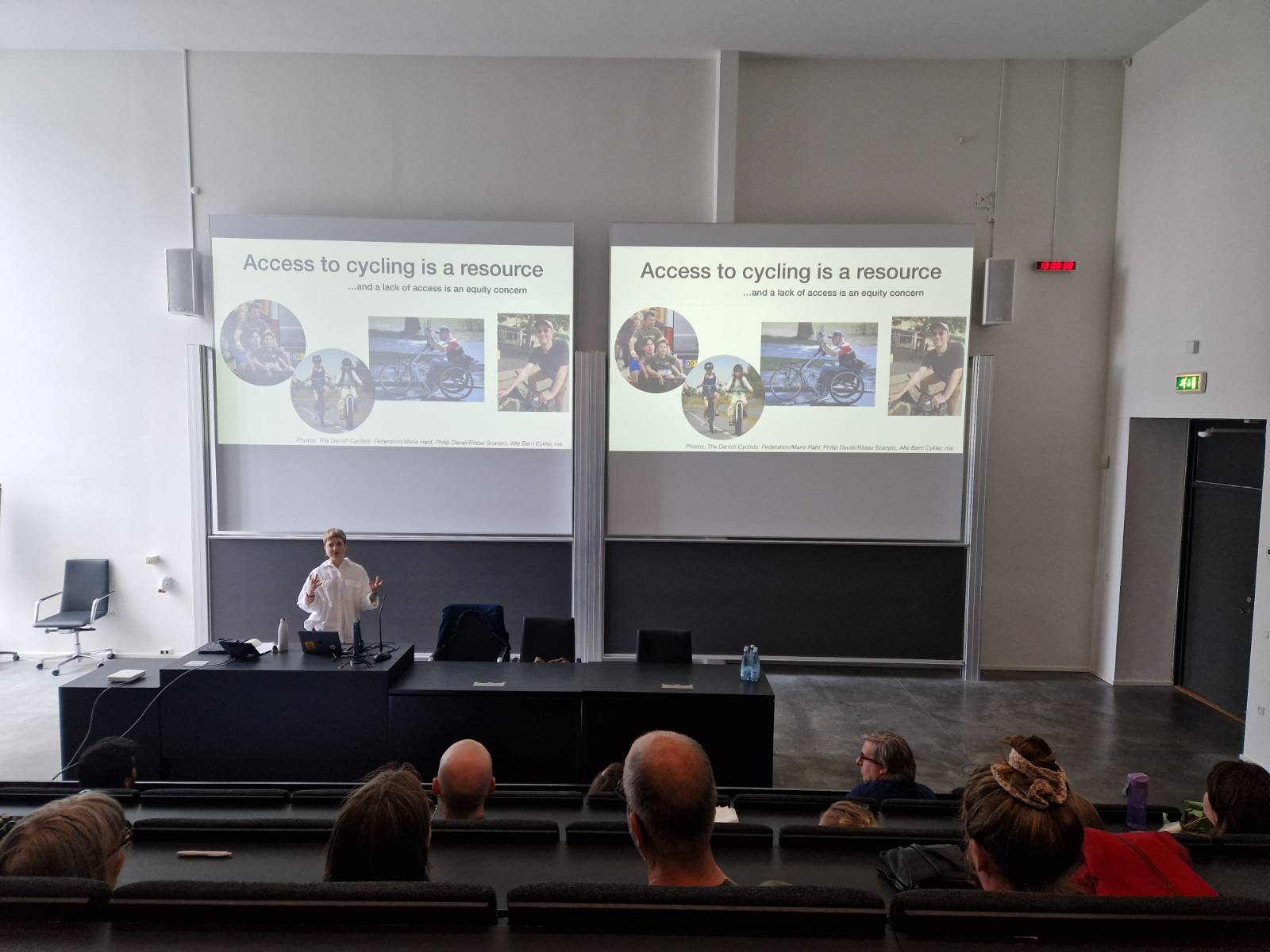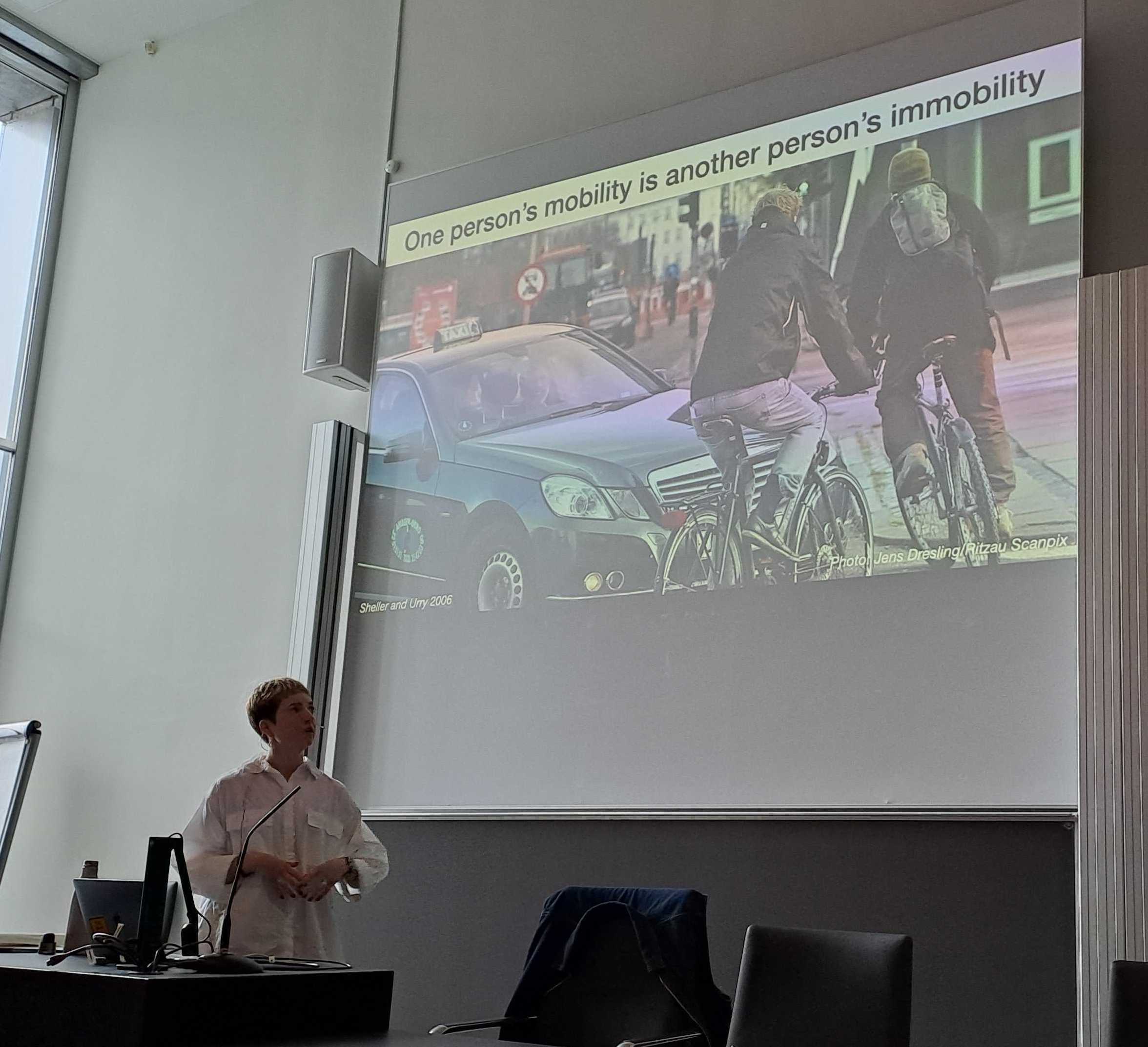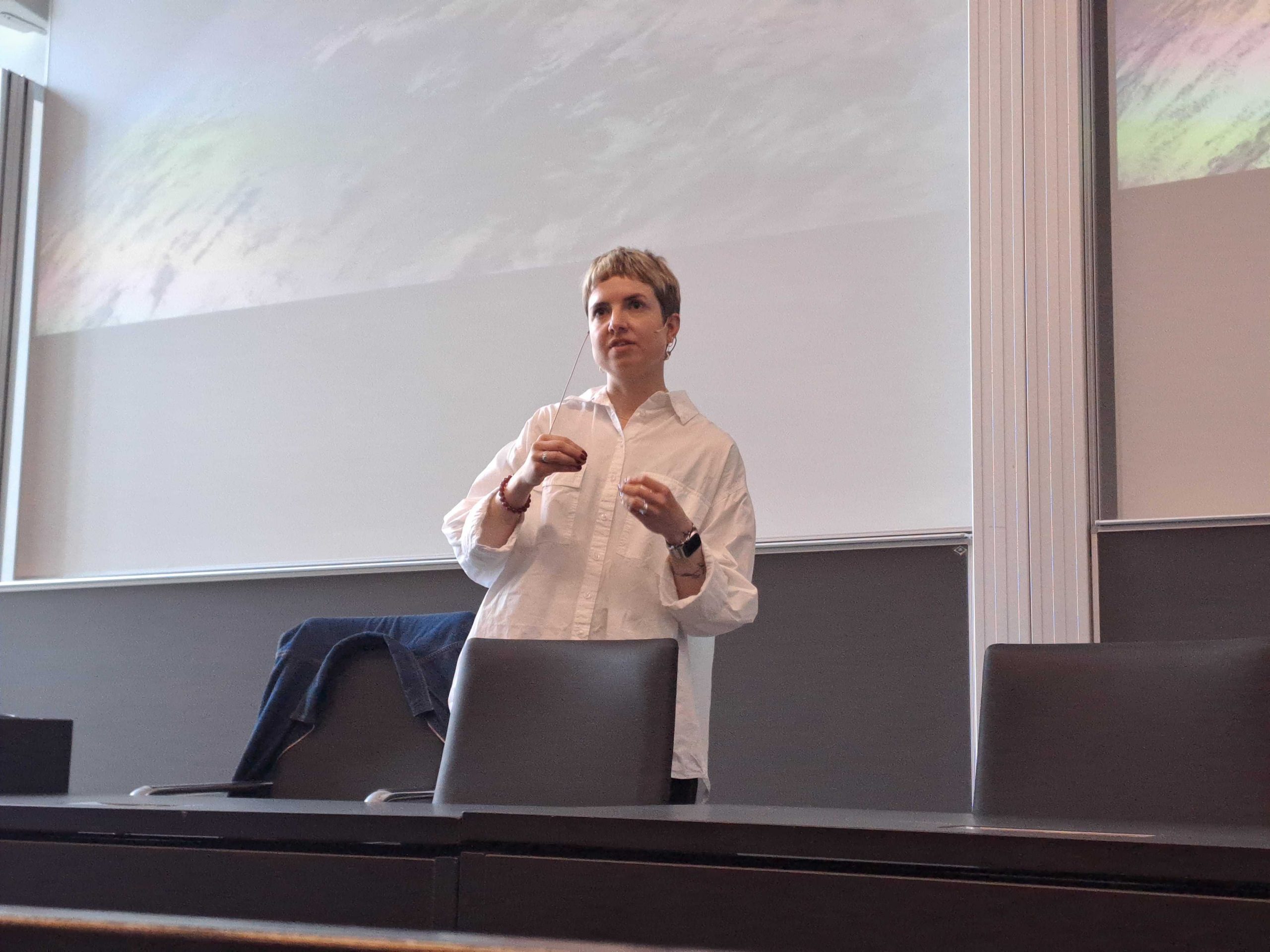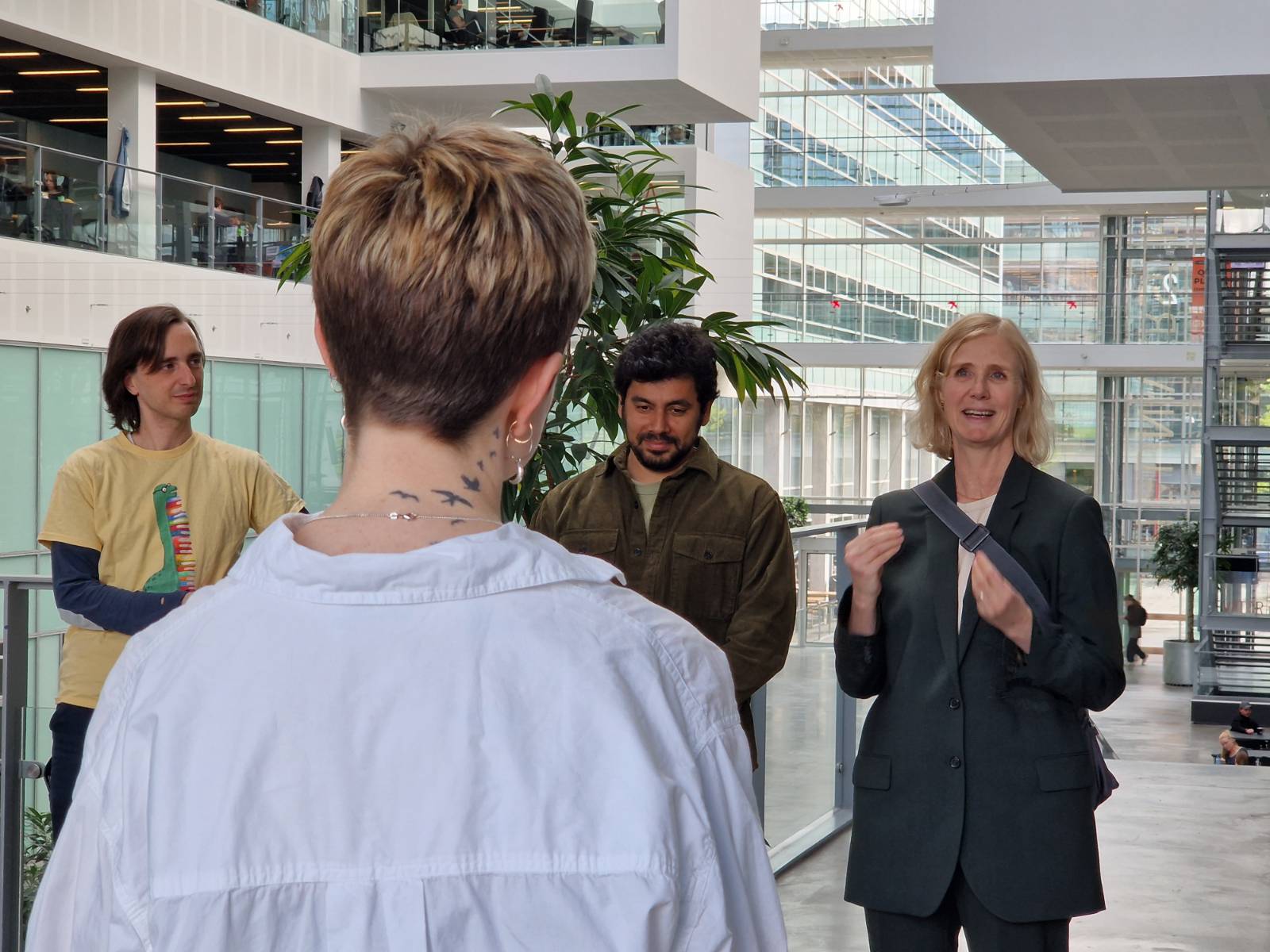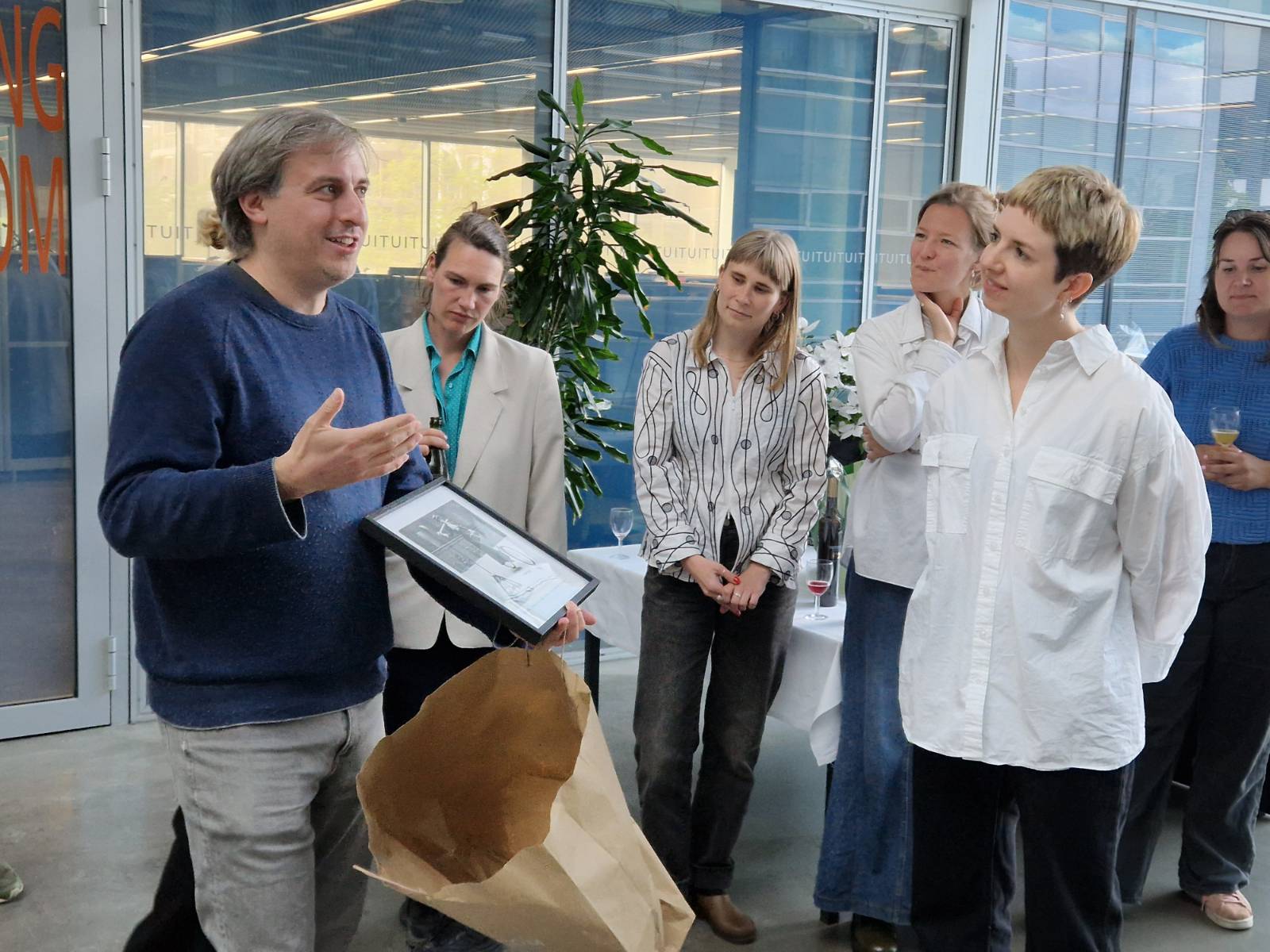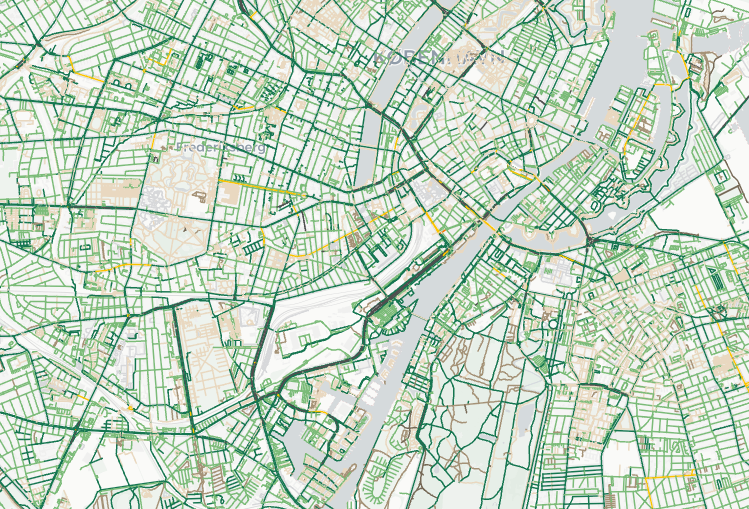Michael Szell, Anastassia Vybornova, and Manuel Knepper have won a 1-year “Innoexplorer” grant by the Innovation Fund Denmark, of DKK 1.4 million (~EUR 188,000), for a project to turn raw bicycle network algorithms into polished software. Congratulations to the team of Michael, Manuel and Anastassia! 🥳
The project Bicycle network planning for a greener future made in Denmark: From network growth algorithms to user-friendly planning software has two goals: 1) take existing algorithms from our bicycle network research that we developed in the past years, and turn them into software that is usable by urban planners, 2) visualize the solutions on a web platform to guide urban planners on their usage. Innoexplorer in general aims to close the gap between research and policy with targeted short-term funding, to arrive at commercially viability. This easy applicability is also exactly what our bicycle network research was lacking so far.
The project will hire 2 people for one year: A research software engineer, and a web developer. We are already in the process of hiring our existing visitor Manuel Knepper for the first position, to start from January 2026. The web developer is planned to start from March 2026. Further, the project will be supported by Anastassia Vybornova, who has herself developed several of the algorithms, and by two external urbanism / visualization experts. We hope that the Innovation Fund’s support will ultimately enable more people to enjoy the benefits of cycling!

